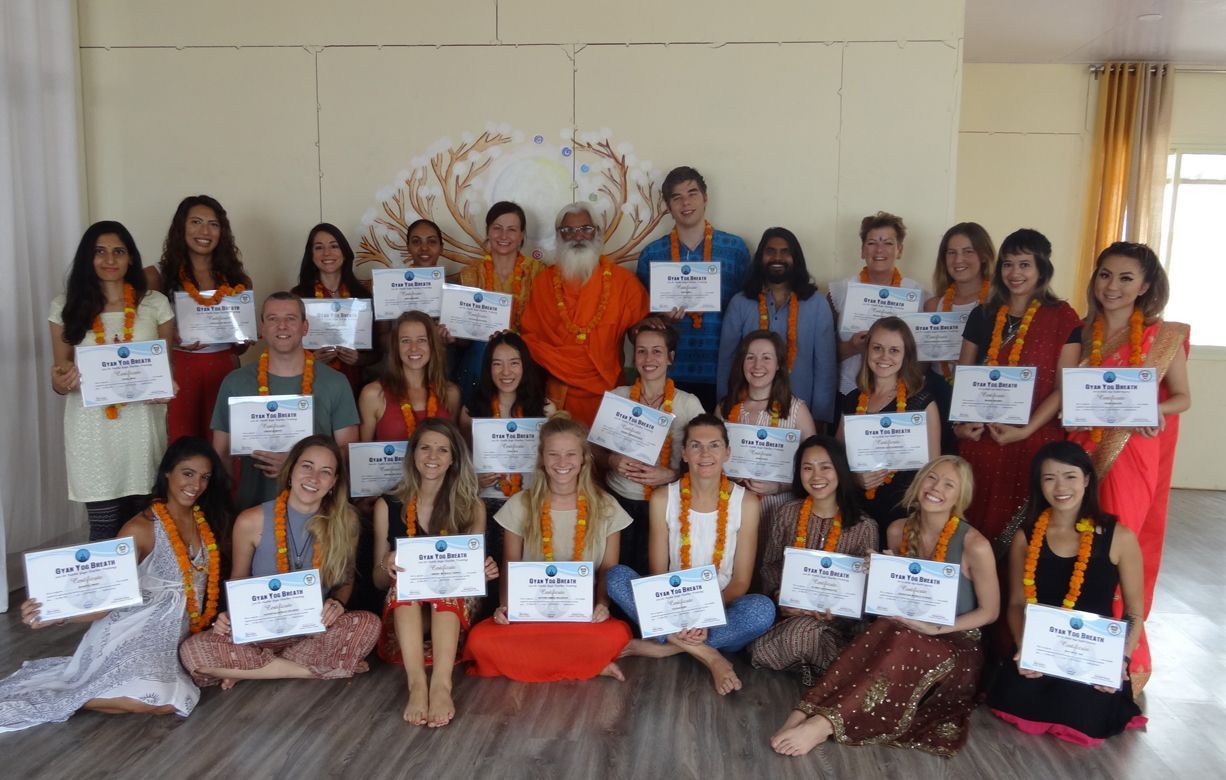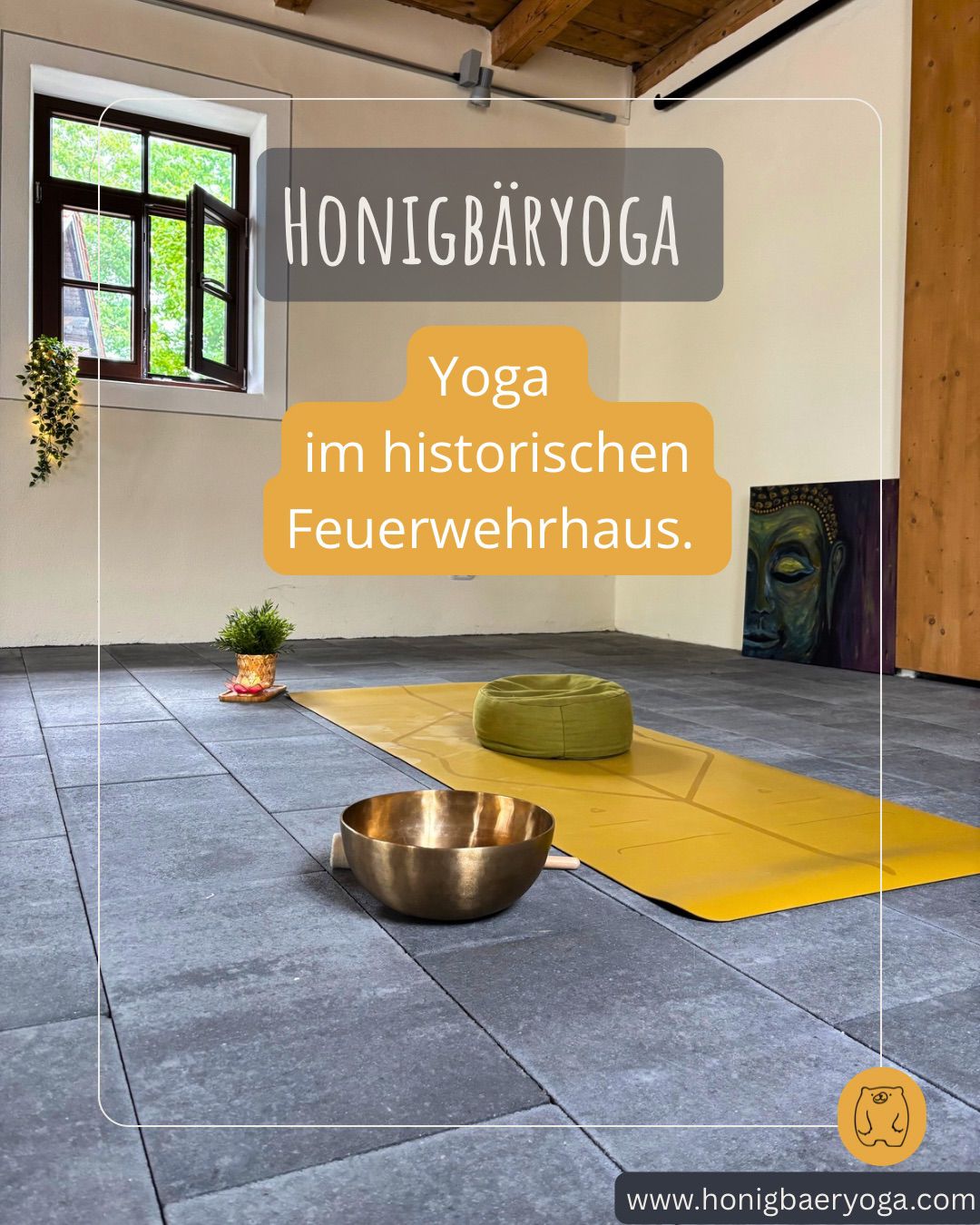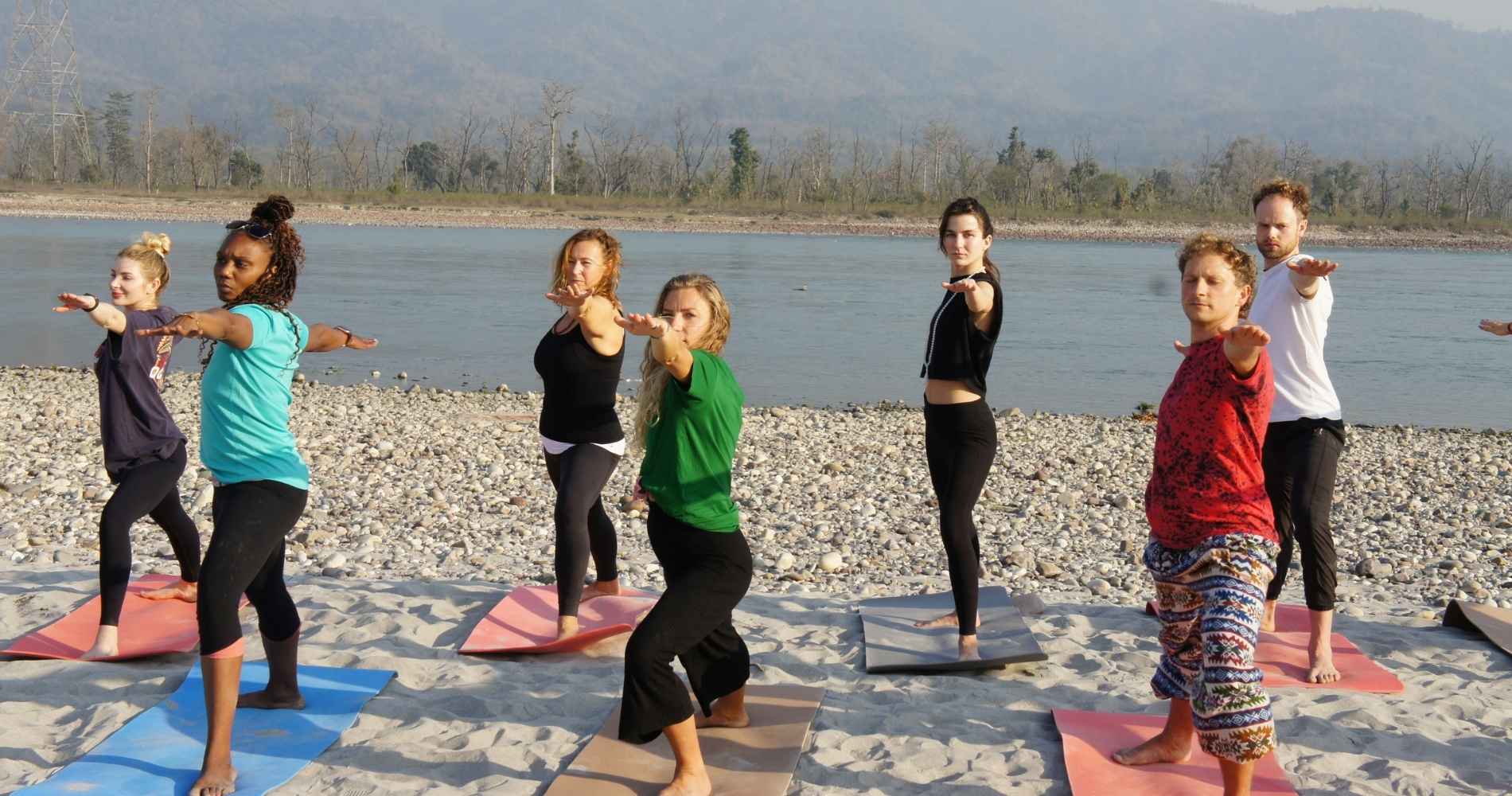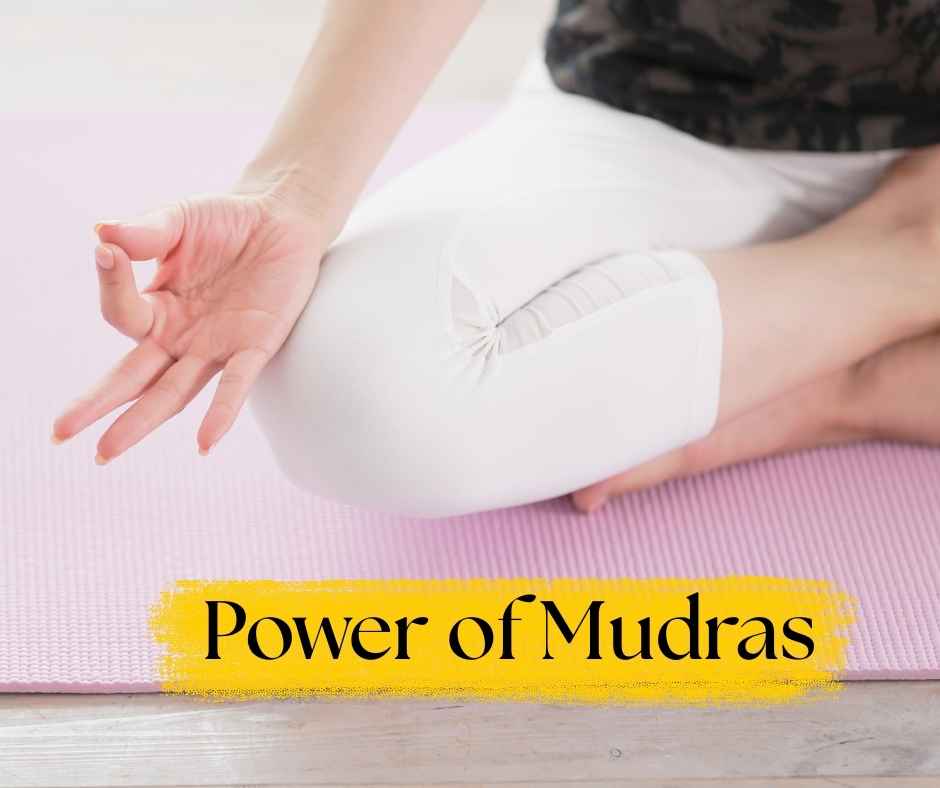
In the bustling pace of modern life, people are always looking for a way to slow things down, to feel more present, less burdened, more free. That desire—so simple and yet so deeply human—often drives our behavior in ways we may not even fully notice. Whether it’s a Friday night out with friends, a quiet solo drink at home, or a short morning meditation on a yoga mat, there’s often a similar longing behind it: the desire to feel better, to feel lighter, to feel something else.
At first glance, alcohol and meditation might seem like they belong in completely different worlds. One is often loud, social, external, and filled with clinking glasses. The other is quiet, internal, personal, often practiced in stillness or solitude. But if you look closer—beneath the surface of cultural norms and personal habits—there’s an interesting similarity between the two.
They both aim, in different ways, to do the same thing: to alter your state of consciousness.
The Quest for a Shift
Think about what it feels like to sit down with a glass of wine after a long, stressful day. Or to head out with friends to a bar on a weekend night. For many people, alcohol offers something more than just taste or tradition—it offers a change. A small loosening of the tightness in the chest. A slowing of the relentless train of thoughts. A sense of freedom, lightness, or even joy. Things seem a little more bearable, and sometimes even beautiful.
This isn’t necessarily about addiction or escapism, though those are certainly real. It’s about something subtler: the human need to transition from one state of being to another, to mark a shift in experience, to feel a change.
Meditation, too, is about change. But it goes about it in almost the opposite way.
Rather than introducing an external substance to shift your perception, meditation invites you to sit with what’s already there. Your breath. Your body. Your mind. Your stress. Your confusion. And by sitting with it, observing it, and not reacting to it, something begins to shift. Not dramatically. Not immediately. But subtly and sustainably.
There’s a kind of irony here: one method adds something (alcohol) to feel less burdened, while the other takes everything away (distraction, stimulus, noise) to arrive at the same place.
Why the World Prefers the Bottle
It’s not hard to see why alcohol is the go-to for most people.
For one, it’s easy. It works fast. You don’t need training, you don’t need discipline, and you certainly don’t need silence. You just drink.
You feel it quickly—in your head, in your body, in your mood. Social anxieties melt. Conversations become smoother. Emotions are more easily shared. In Western cultures especially, drinking is tied to social rituals, to rites of passage, to celebration and even mourning. It’s embedded.
And yet, despite how normalized it is, we also know the downsides.
Science has made it abundantly clear: alcohol, even in small amounts, has harmful effects. It’s a carcinogen. It kills brain cells. It damages the liver, the gut, and the nervous system. It can amplify anxiety and depression in the long run. It disrupts sleep, even though it might feel like it helps you fall asleep. It also impairs your ability to make good decisions—which, paradoxically, is one of the reasons people like it.
But none of that has really made a dent in how widely it’s accepted. Because the payoff—short-term emotional relief—is immediate and social. And in a world that runs on deadlines, stress, and social performance, the appeal of that shortcut is powerful.
Meditation: The Longer, Harder Path
Compare that with meditation.
To sit down in silence. To focus on your breath. To do… seemingly nothing.
For many people, this is agony. Thoughts become louder. Discomfort arises. Restlessness takes over. And worst of all, there’s no instant high. No payoff after five minutes. No laughs. No buzz.
And yet, those who stick with it—whether through mindfulness, breathwork, body scans, mantra, or other forms—often report reaching a place not unlike the effects of alcohol:
- The thoughts slow down.
- The inner chatter softens.
- A sense of peace begins to emerge.
- There’s a loosening of ego, of pressure, of performance.
You feel more like yourself—not because something’s been added to you, but because something’s been cleared away.
Meditation offers what alcohol promises, but without the hangover, the long-term damage, or the emotional crash. It’s sustainable, deeply personal, and often transformative.
But it asks more from you.
- It asks for presence.
- It asks for patience.
- It asks you to sit with what you’d usually run from.
- In that sense, meditation isn’t a shortcut. It’s more like a path you have to walk repeatedly before the terrain starts to feel familiar.
This isn’t an argument about which one is better. It’s not about telling people to meditate instead of drink, or to demonize alcohol in some moralistic way. That kind of binary thinking usually leads nowhere helpful.
What’s more interesting is just to acknowledge that both practices—social drinking and meditation—are answering the same call:
- The call to feel okay in a chaotic world.
- The call to connect, whether with others or with yourself.
- The call to let go, if only for a little while.
The question then becomes: how aware are we of the costs of each method? How intentional are we with the choices we make?
There’s nothing inherently wrong with wanting to feel lighter. But there’s something profoundly important about noticing how we try to get there.
Cultural Ritual vs Inner Practice
In many ways, alcohol functions as a cultural ritual. We raise glasses to toast. We drink to bond. We mark time and transition with it: after work, on weekends, during holidays.
Meditation, by contrast, is a private ritual—or at least it has been, historically. It doesn’t usually show up in bars or dinner parties. It doesn’t make you funnier or more talkative. It might not even make you feel good at first.
But it does something else: it helps you become more aware.
- Aware of your patterns.
- Aware of your discomfort.
- Aware of your own inner world—and eventually, the worlds of others.
- That awareness can become a kind of freedom. Not the numbing kind, but the grounded kind. A freedom that isn’t about escaping what you feel, but becoming more capable of being with it.
The Real Challenge
What makes this topic tricky is that meditation often requires facing the very discomforts that alcohol tries to soften. It requires courage, repetition, and often solitude. And let’s face it: in a world full of distraction and pressure, that’s not a very tempting offer.
So we drink.
And maybe that’s okay—for a time. But over years, if we never explore other ways of shifting consciousness, we may find ourselves more dependent, less resilient, and more emotionally fragile than we realize.
The real challenge isn’t choosing one over the other. It’s about noticing what you’re reaching for, and why. It’s about gently asking yourself:
- What do I really need right now?
- Am I trying to feel free—or trying to escape?
- Is there another way to meet this need?
A Mindful Acknowledgement
So here we are, in this strange place where two very different practices—alcohol and meditation—overlap in their intent, but diverge in their method and consequence.
One offers a quick change, often with a long-term cost.
The other offers slow change, often with long-term benefit.
- One is external, the other internal.
- One is easy to do and hard to recover from.
- The other is hard to do and easy to recover with.
- Maybe we don’t need to judge or label either. Maybe we just need to become a little more conscious of the choices we make—not from guilt or pressure, but from curiosity.
- To be at peace.
- To feel connected.
- To feel human again.
- And maybe, in recognizing that shared intention, we can begin to relate to ourselves—and each other—with just a little more compassion.







